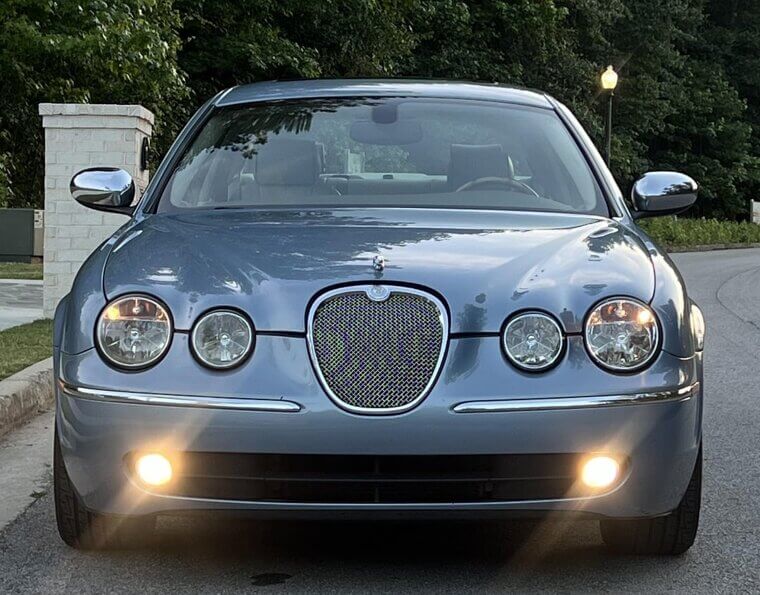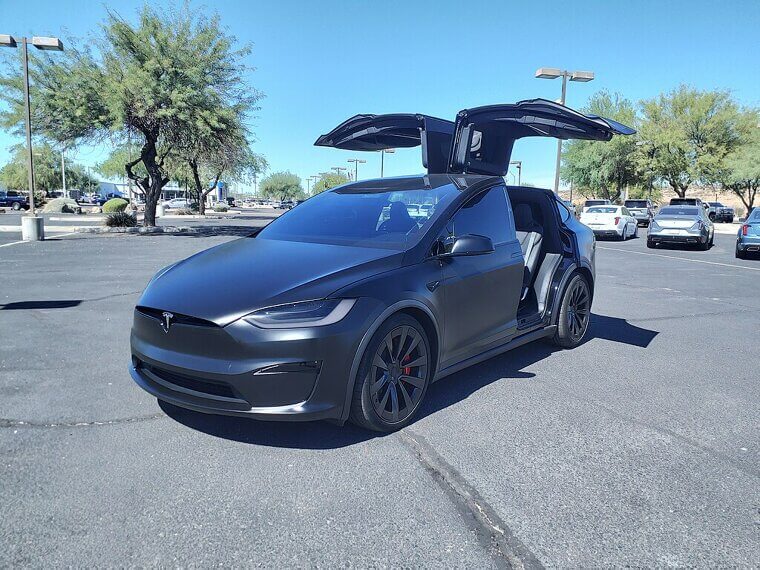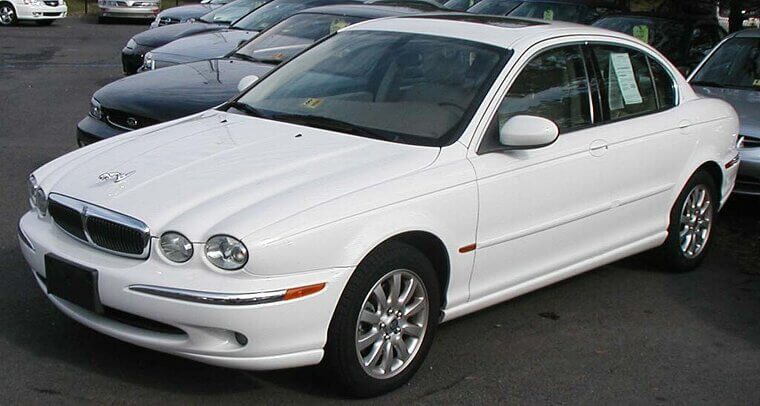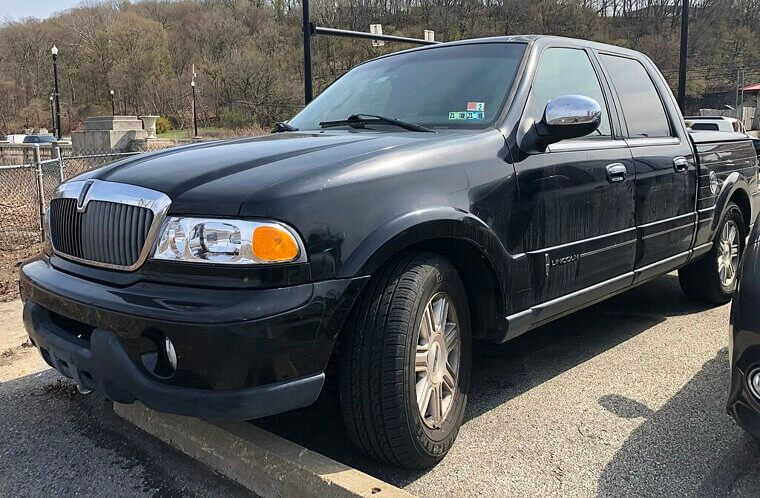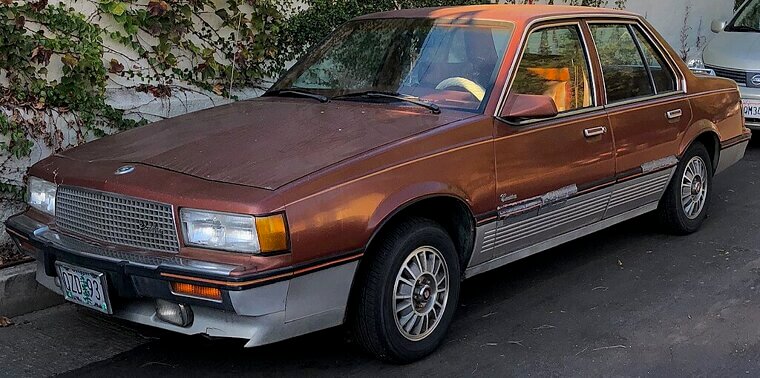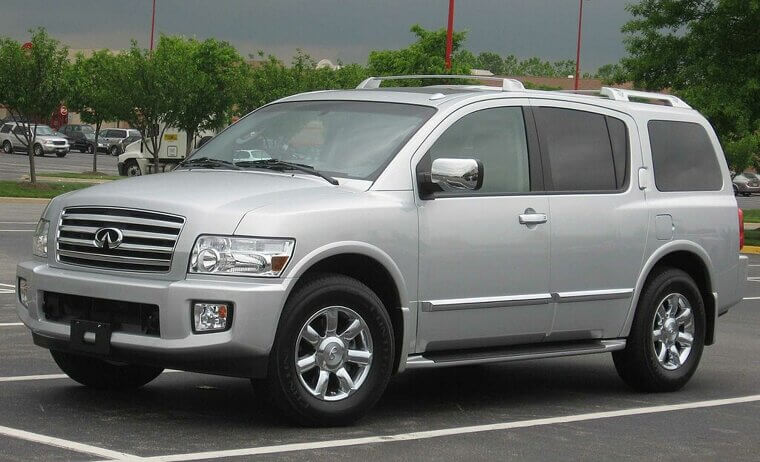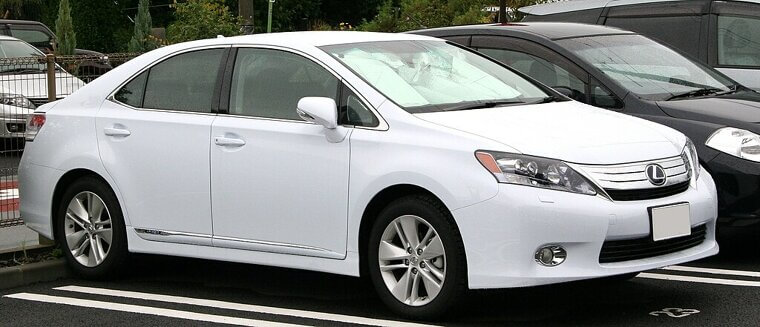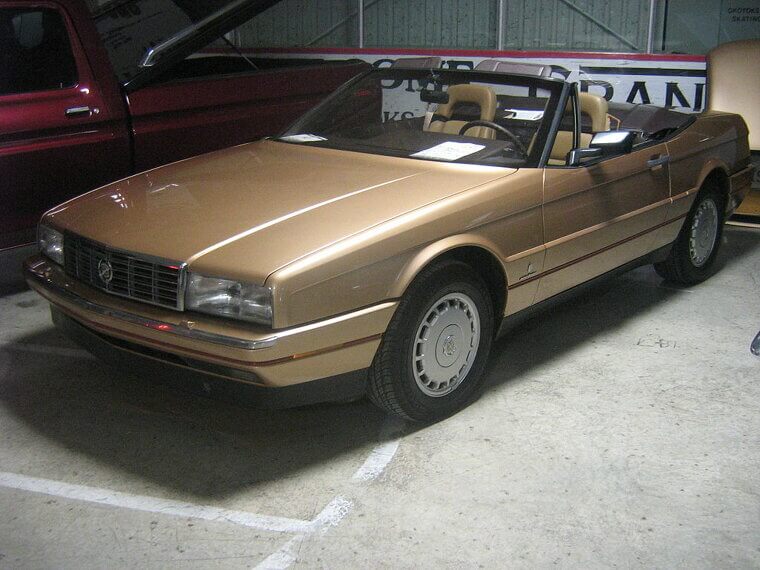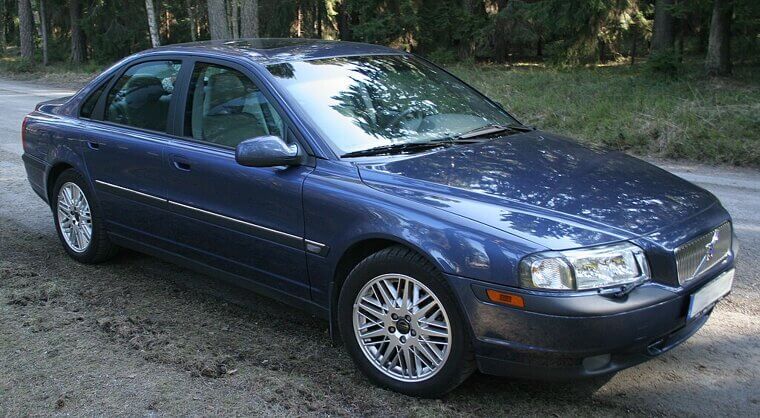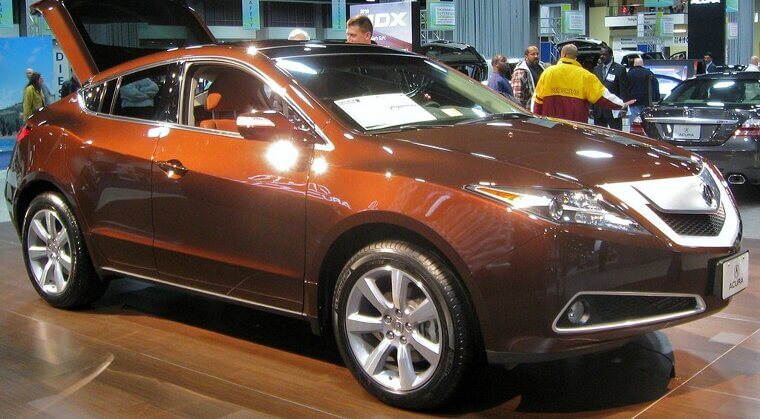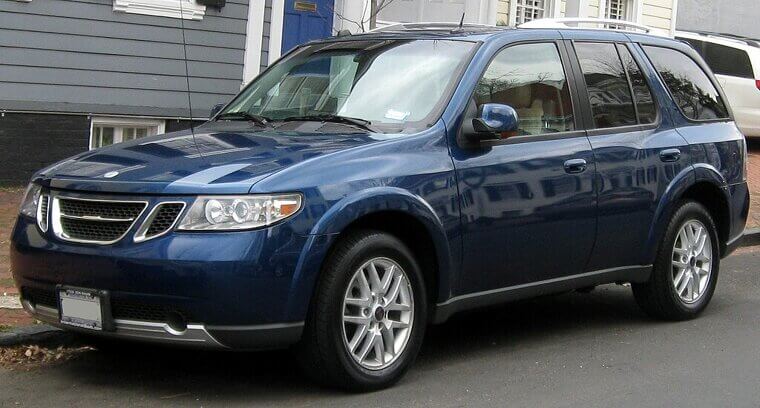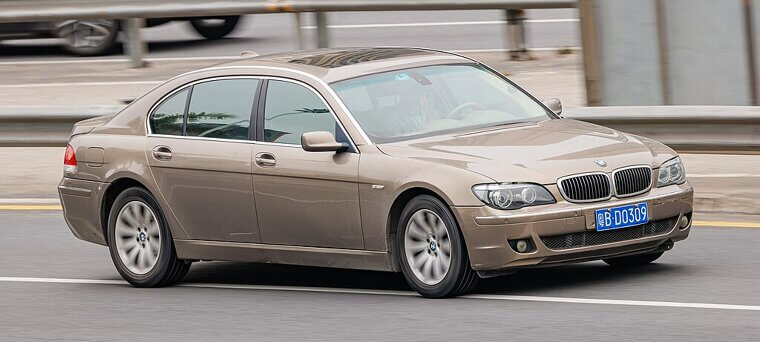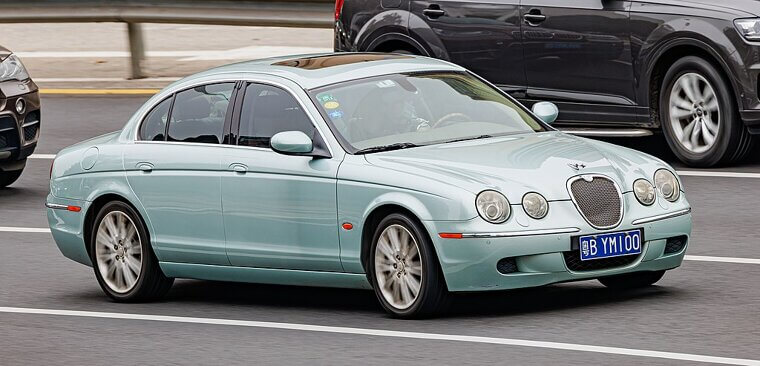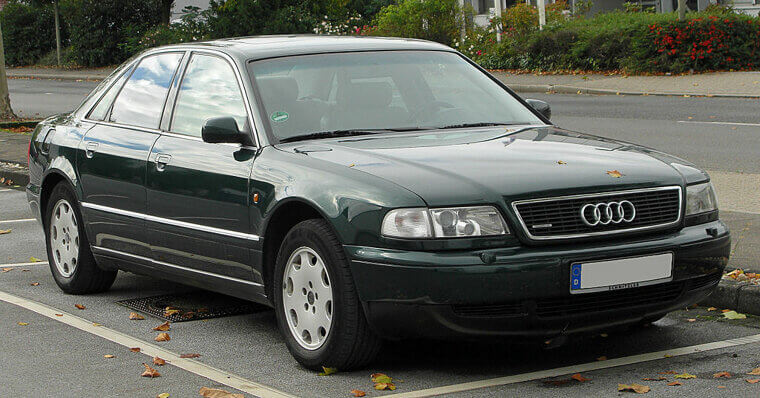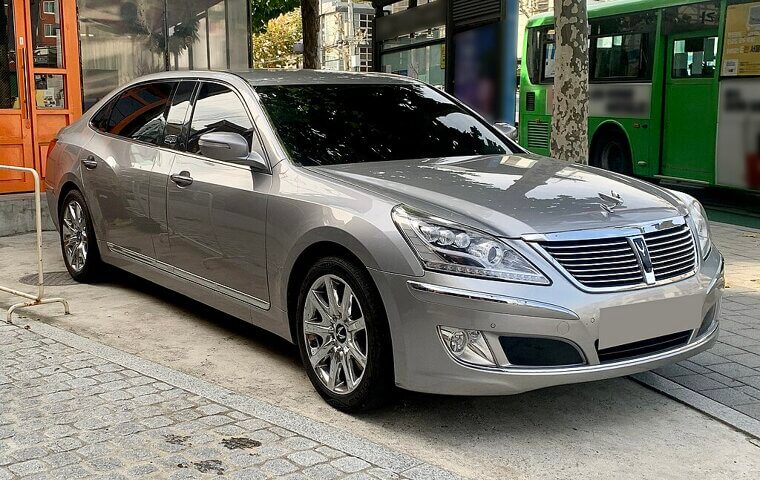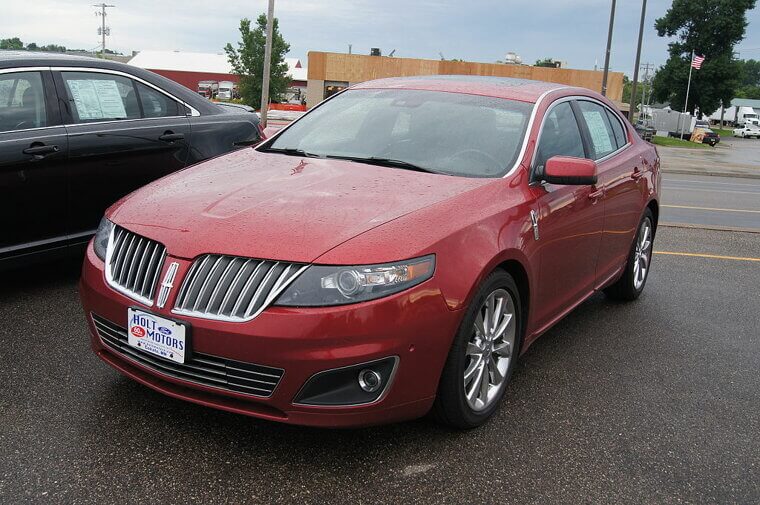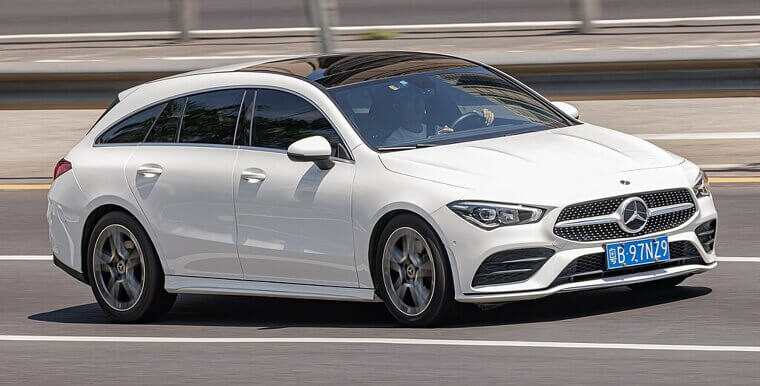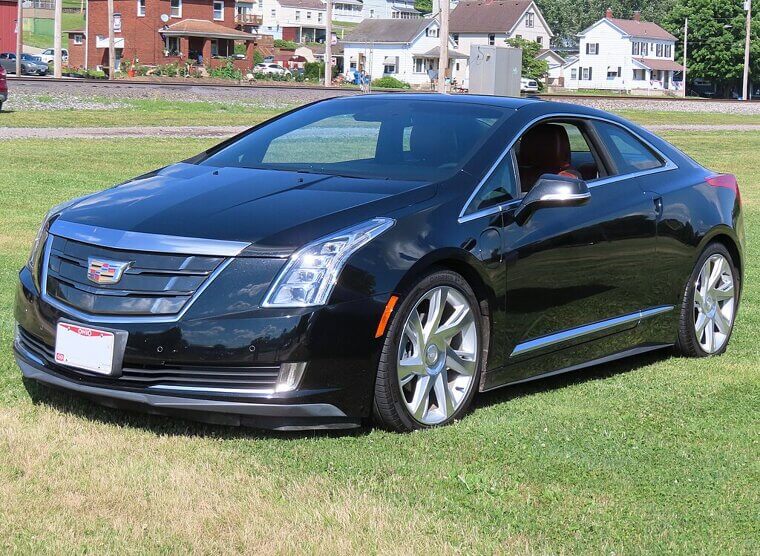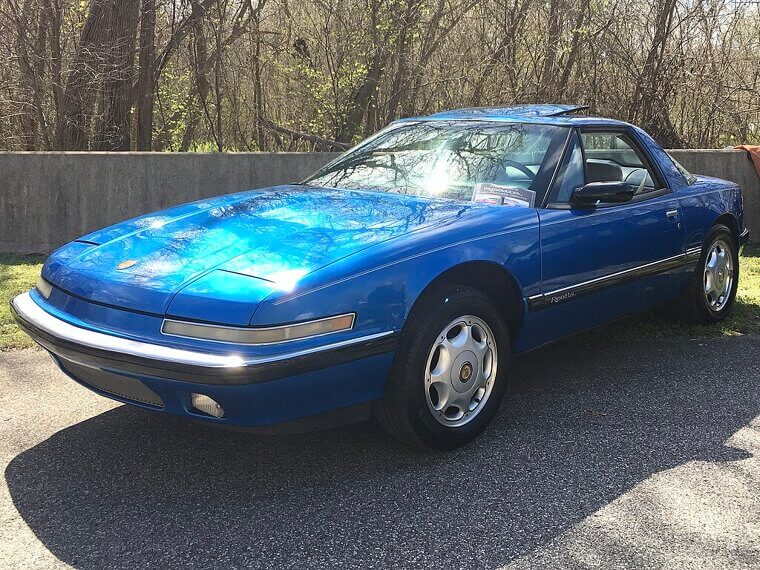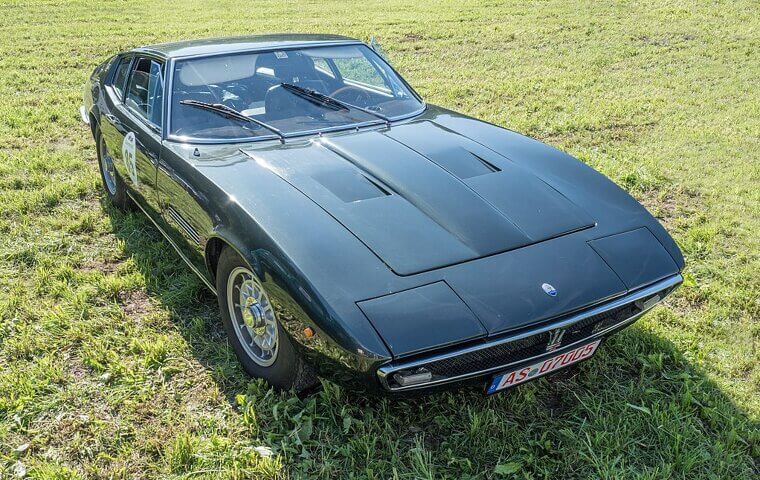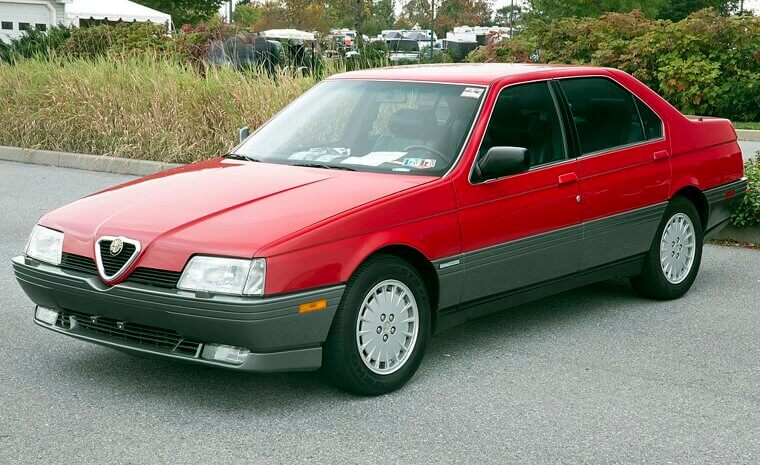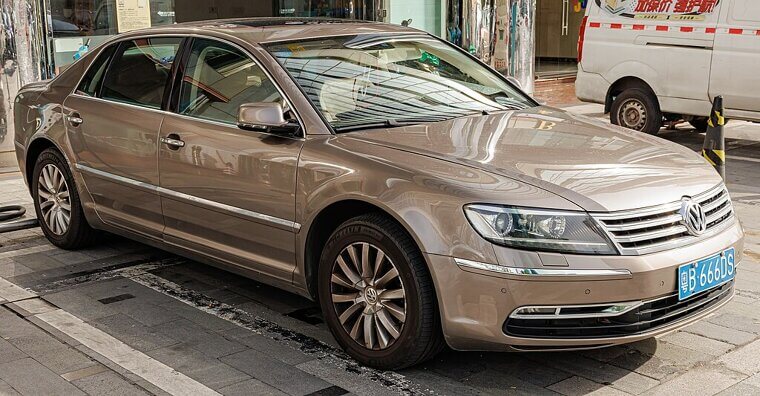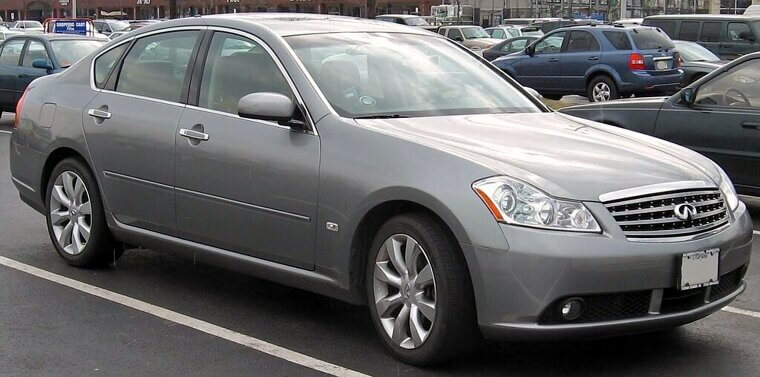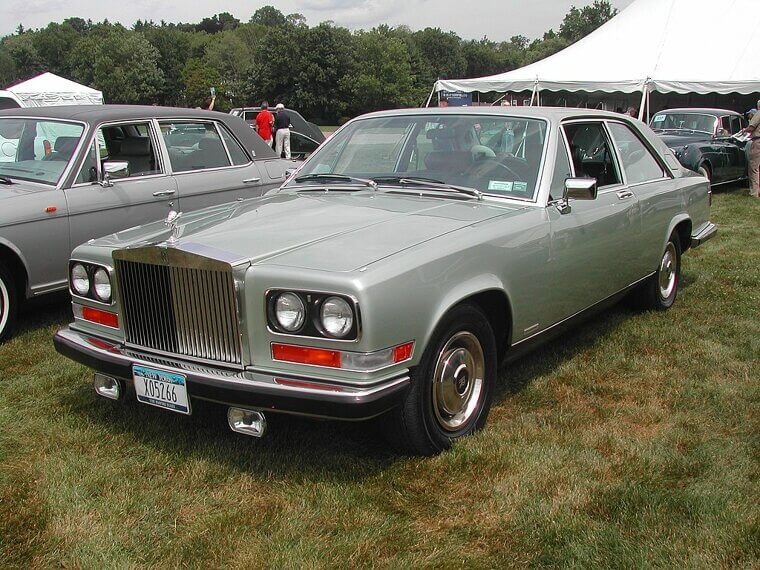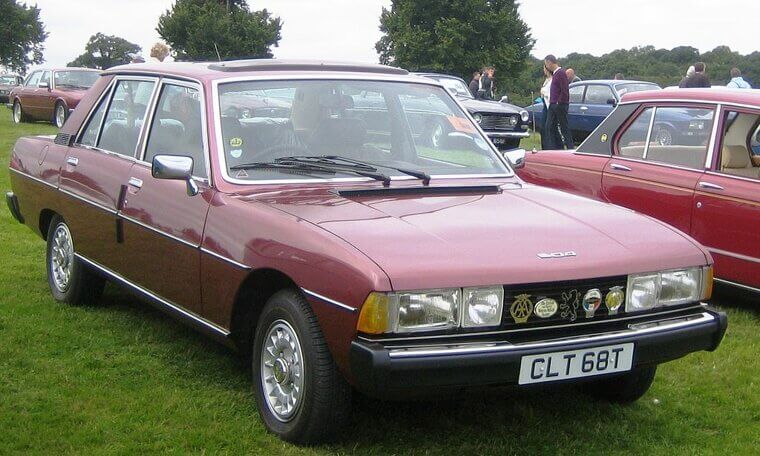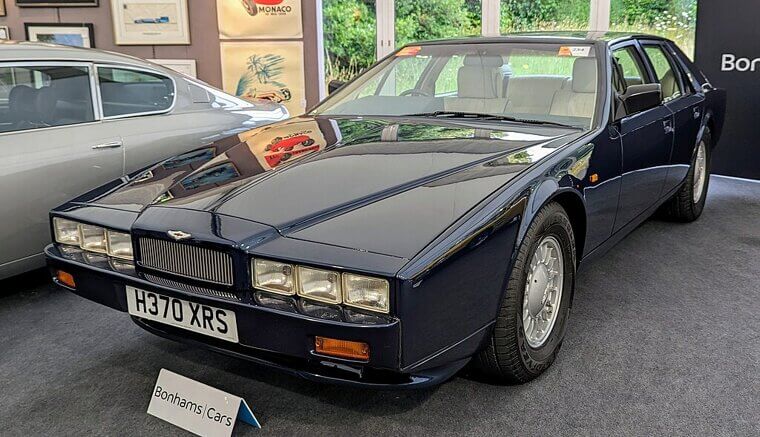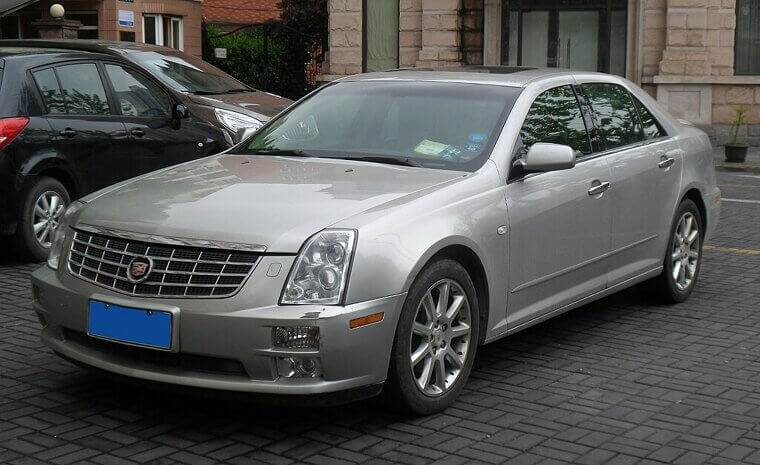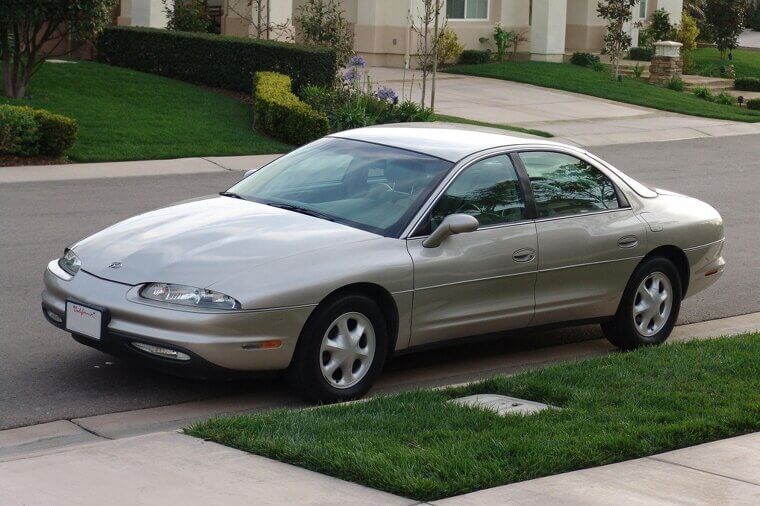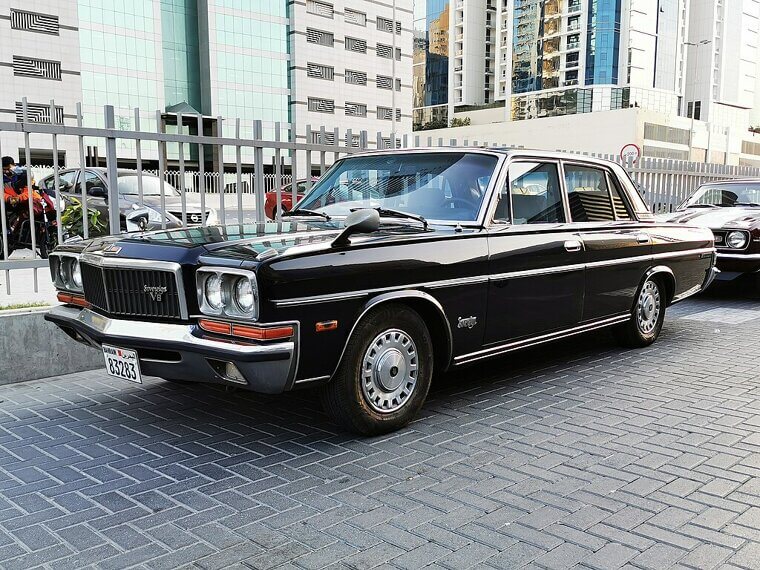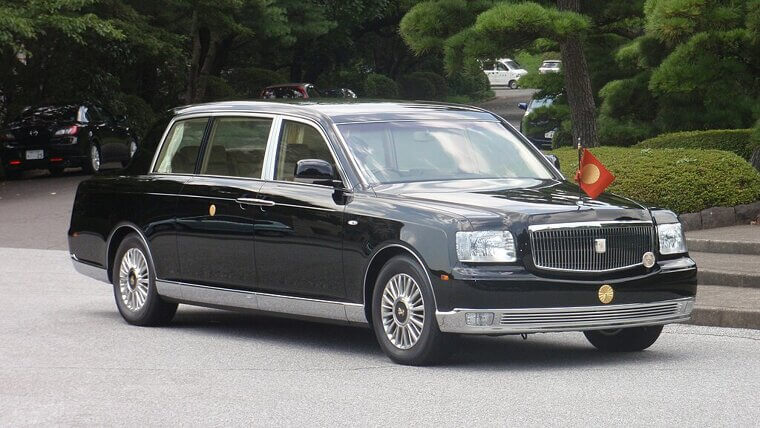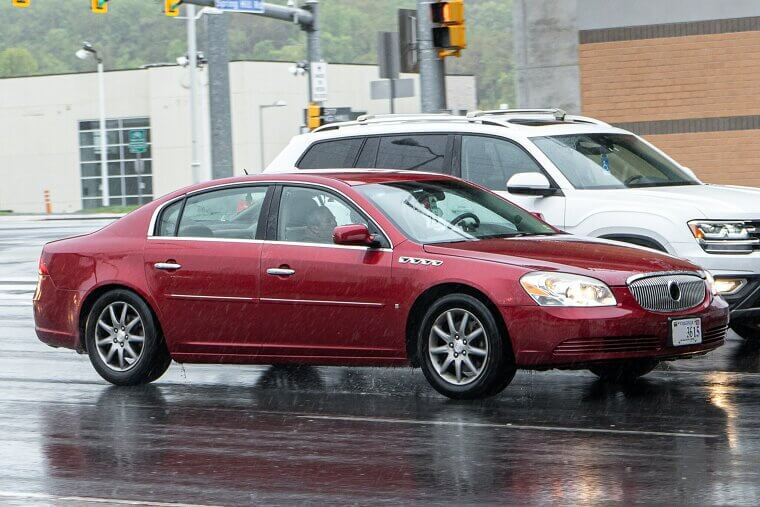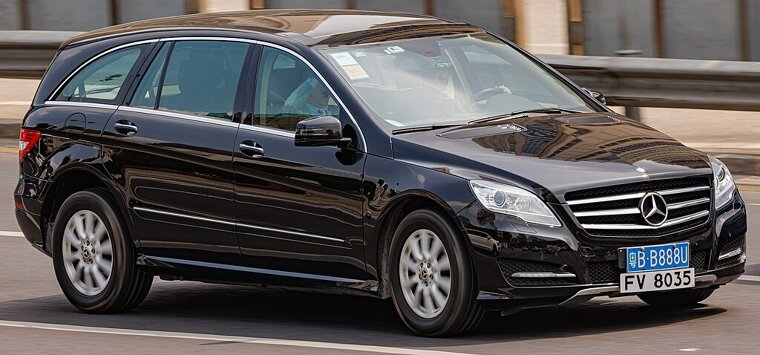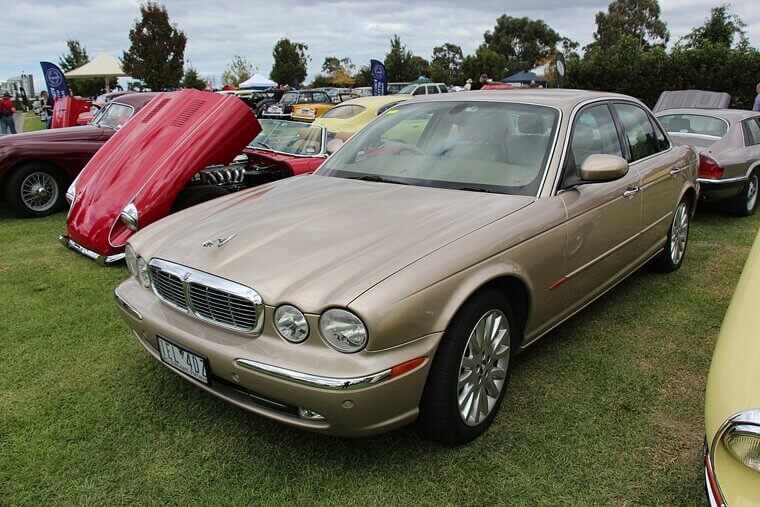Stylish on the Outside, Disappointing on the Road
The term “luxury car” brings with it certain expectations, but there are many models in the genre that fall very short of their luxurious promises. Luxury cars are supposed to be the best of the best. You expect comfort, style, and a smooth ride that makes you feel like you’re floating. But sometimes, the reality doesn’t match the price tag. Some high-end models look amazing in photos but feel clunky, stiff, or awkward on the road. Whether it’s a bumpy ride, confusing features, or just a general lack of wow, these luxury cars left a lot to be desired. Here are the ones that didn’t quite live up to the name.
Tesla Model X (2015–present)
The Model X’s gullwing doors made people swoon with sci-fi wonder, but that’s where the luxury ended. Everything else - inconsistent build quality, buggy software, misaligned panels - screamed betrayal with a massive price tag, especially in earlier models before quality control stepped up.
Jaguar X-Type (2001–2009)
On the surface the X-Type looked just like a Jaguar, but it drove like a wet noodle. It was all flair - like a lion with a house cat’s meow - and rejected by enthusiasts and purists alike. It was so bad that it almost destroyed Jag’s U.S. reputation!
Chrysler TC by Maserati (1989–1991)
A Chrysler-Maserati collaboration? What could go wrong! A lot, apparently. The mash up created something that didn’t vibe with each other in any way, shape or form with ugly aesthetics, horrible handling and unpopular engine options. Even its creator, Lee Iacocca himself, admitted it was a mistake.
Lincoln Blackwood (2002)
The Blackwood tried to be a luxury pickup and came away as neither. Drivers that wanted luxury didn’t want a pickup, and people who wanted a pickup found nothing of use in the Blackwood - its truck bed was tiny (and covered in shag carpet for some reason). It only lasted a year.
Cadillac Cimarron (1982–1988)
With the rising popularity of imports threatening sales, GM made a questionable choice: they gussied up a Chevy Cavalier and called it a Cadillac. The Cimarron was underpowered, unreliable and is largely considered just a badge swap - one that left a stain on Cadillac’s image for decades.
Infiniti QX56 (2004–2010)
Infiniti attempted to compete with land cruisers by creating the QX56, a huge parade float of a “luxury car” based on the Nissan Armada. It didn’t just look like a parade float though - it handled like one too, and was made so cheaply that everything broke (including the door handles).
Lexus HS 250h (2009–2012)
The HS 250h was the first dedicated Lexus hybrid built on the UK-only Toyota Avensis platform, and it was… underwhelming. The inside was all hard plastic and it was noisy and slow, proving that Lexus can make screw ups just like anyone else. And it was a big one.
Cadillac Allanté (1987–1993)
In a bid to compete with European luxury convertibles, GM had Pininfarina in Italy design the Allante and fly it back to Detroit in 747s. It was needlessly complicated, set the prices sky high and didn’t solve the poor speed, handling or inconsistent build quality of the final product.
Volvo S80 (1998–2006)
The S80 wasn’t terrible - and it was certainly safe - but since Volvo were aiming for luxurious, it completely missed the mark. Its FWD layout made it front-heavy, the steering was vague and the ride was wobbly at best. Even its “luxury interior” was cheaply made and wore quickly.
Acura ZDX (2010–2013)
Have you ever wanted to drive a spaceship shaped like an egg? Don’t bother! The ZDX didn’t crack the formula. I was cramped, while the roof sloped too low and rear visibility seemed to be an afterthought. You’d never believe it shared DNA with the Mazda!
Saab 9-7X (2005–2009)
Saab fans call the 9-7X the “Trollblazer” because it’s essentially a Chevy Trailblazer with a new badge and even less charm. The worst part was bereft of all that Saab spirit - it was all GM influence, and not the best parts, either.
BMW 7 Series (E65, 2002–2008)
There’s no doubting the E65 7 series was a technological success, but as a car? Not so much. Its iDrive system was much too complicated for a start! It wasn’t just that though: everything about it was involved or complex which led to a complete redesign of the iDrive.
Jaguar S-Type (1999–2008)
Built on the Ford Mondeo platform, the S-Type was Jag’s attempt to recreate some sweet retro ’60s style, but it came out as divisive. What everyone agreed on was that its soft suspension and cramped rear seats had left luxury by the wayside.
Audi A8 (D2, 1994–2002)
There was nothing wrong with the first A8’s ambitious tech, it just felt weirdly cold and sterile. Even with a powerful V8 under the hood the ride was somehow demure, so while it wasn’t terrible it lacked the soul of a luxury car.
Hyundai Equus (2011–2016)
Hyundai dipped its toes into the full-size luxury car market with the Equus, and it was… ok. The ride was decent, the tech was nice but compared to its German rivals, the vehicle lacked a style of its own and the interior materials were dated.
Lincoln MKS (2009–2016)
The MKS tried to succeed in the tech race, but it face-planted pretty hard at the first hurdle. It was overly complicated, and as for the ride quality its massive size made it feel bloated and sluggish. The MKS’ reliability was questionable too, so Lincoln retired it quietly.
Mercedes-Benz CLA-Class (2013–present, Early Models)
The early CLA-Class Mercedes-Benz was marketed towards younger drivers as a Benz-on-a-budget, and it sold tons. However, buyers were often disappointed by the driving experience - its interior was cheap, the cabin incredibly noisy and the FWD practically had “budget” baked in!
Cadillac ELR (2014–2016)
Cadillac dressed the Chevrolet Volt powertrain up in a sleek, space-age shell, but it was still the same car underneath - except for the whopping $80,000 price tag. It kept the same slow acceleration and so-so electric range, so it flopped for two years then retired.
Buick Reatta (1988–1991)
A hand-built luxury coupe with state-of-the-art touchscreen in the ’80s? Yes please! Except that wasn’t really what you got. It did have a touchscreen but it was a glitchy mess, while its drive quality was hampered by an underperforming V6 engine.
Maserati Ghibli (2014–present)
Everything on the Ghibli looked like a Maserati down to the trident but it was all smoke and mirrors; the glitchy infotainment system, Chrysler-sourced parts and inconsistent suspension tuning betrayed its true identity as something decidedly un-Maserati.
Alfa Romeo 164 (1991–1995)
Alfa Romeo had its sights set on the luxury executive market with the 164, which was an attempt at Italian design and a sporty drive experience. It succeeded on some levels, but failed desperately on others, producing a glitchy mess with its electronics and maintenance costs that made wallets cry dusty tears.
Volkswagen Phaeton (2002–2016)
Volkswagen tried to take on Mercedes, BMW and Audi - the big German three - with the Phaeton, and its engineering was undeniable. However, it lacked soul and its maintenance costs were through the roof. VW’s diesel scandal didn’t help either…
Infiniti M35/M45 (2006–2010)
Another challenger to Germany’s car market dominance, the M35/M45 models had a great design, but the refinement was sadly lacking. It’s not that the interior or tech wasn’t solid enough, it was just bland and uninspiring, so it didn’t make much of an impact.
Lancia Thema (2011–2014)
Lancia tried to revive the Thema for the modern age, and it could have gone better. It didn’t help that the vehicle was just a rebadged Chrysler 300 dressed up nicely. Under the hood it was the same old car, and was too dull to be considered luxury.
Rolls-Royce Camargue (1975–1986)
Rolls-Royce has become known for its luxury but its first attempt at a luxury coupe post-war resulted in the wedge-shaped Camargue. It was polarizing to say the least, though that was the least of its problems. The ride was also slow, heavy and expensive.
Peugeot 604 (1975–1985)
The 604 had a sophisticated French aesthetic and a smooth V6 engine under the hood. That’s as far as its luxury went, unfortunately. Electrical gremlins, suspension issues and high maintenance costs were bad enough but its performance was not much to write home about, either.
Aston Martin Lagonda (1976–1990)
Touchscreen technology in the ’70s is a crazy concept, but the Lagonda did indeed pack that kind of innovation. If only it worked properly! The electronics were glitchy, unreliable and largely unfixable when they went wrong. Its heavy design didn’t help much, either.
Lincoln Continental (1995–2002)
Intended to combine traditional luxury with modern flair, the Lincoln Continental was too stubborn in its old-school approach. It packed an underpowered V8, an aging platform and it weighed a lot; the interior was up for criticism in both design and quality, as well.
Cadillac Seville STS (1992–2004)
Cadillac wanted to keep up with modern tech and styling. It was a brave effort, yet it still didn’t hit those luxury benchmarks - it was a firm-to-harsh ride with a front-heavy feel, and its inconsistent interior quality couldn’t compete with its German competitors.
Oldsmobile Aurora (1995–1999)
The Aurora was a worthy attempt at modernizing luxury sedans for Oldsmobile. Its brand was struggling at the time though, and when you combine that with some features that needed improvement - its weak V6 and mundane driving experience for example - it lacked luxury.
Nissan President (1990–2002)
Nissan met the rise of European luxury vehicles with the President, but it was built for a Japanese audience and didn’t turn heads elsewhere. Even by ’90s standards the styling and tech was dated, while its ride was uninspired.
Toyota Century (early 1990s Models)
Although the Century became a Japanese status symbol for the rich and famous, its quiet V8 engine and design frozen in the ’60s seem to contradictory the fact. It was luxury for that era, but in the 1990s its performance lacked modern appeal.
Buick Lucerne (2006–2011)
When Buick designed the Lucerne, it aimed at the older driver who sought serenity - and it was lagging behind in modern appeal even when it launched! The Northstar V8 engine might have saved things, but an oil leak problem doesn’t exactly say “luxury.”
Mercedes-Benz R-Class (2006–2013)
A Mercedes luxury MPV? That would have been great if it had any takers, but it was beset with identity problems from the very beginning and confused the target market. The reliability issues in early models also played a part in draining the luxury from the R-Class.
Jaguar XJ (X350, 2003–2009)
While the XJ tech was advanced enough to get the luxury ball rolling, except Jag decided to wrap it in a shell that looked like the 1997 model, for some reason. It wasn’t just retro, it was identikit - and since the ride quality wasn’t anything special, this cat had no claws.

